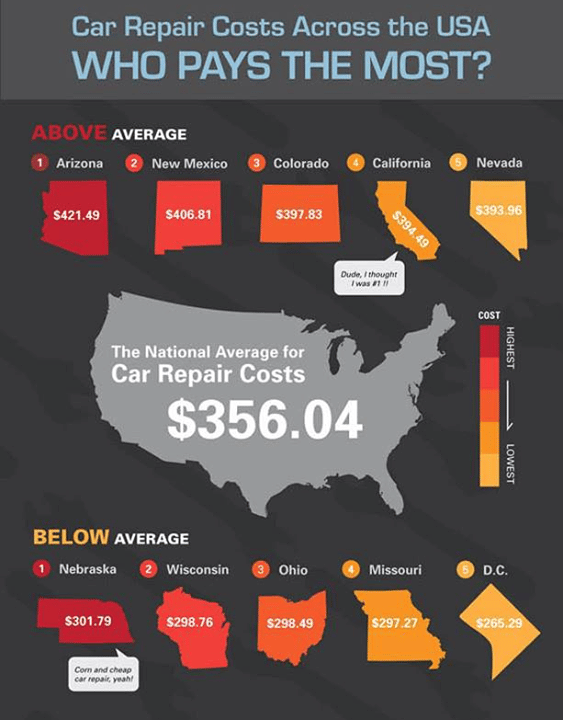Decoding Your Vehicle'S Caution Indicators: What They Truly Signify
Decoding Your Vehicle'S Caution Indicators: What They Truly Signify
Blog Article
Short Article Created By-Lauritsen Alvarado
When you lag the wheel, those radiant caution lights on your dashboard can be a little bit puzzling. Do you recognize what they're attempting to tell you regarding your vehicle's wellness? Comprehending the importance of these lights is essential for your safety and the durability of your lorry. So, the following time among those lights appears, wouldn't you intend to understand its message precisely and take the required actions to resolve it?
Common Caution Lights and Interpretations
Identify typical caution lights in your cars and truck and recognize their definitions to make sure secure driving.
browse around this website of the most common caution lights consist of the check engine light, which signifies problems with the engine or emissions system. If this light comes on, it's critical to have your vehicle checked immediately.
The oil pressure advising light suggests low oil pressure, needing prompt attention to avoid engine damage.
A flashing battery light might suggest a damaged charging system, potentially leaving you stranded if not attended to.
The tire pressure tracking system (TPMS) light informs you to reduced tire stress, influencing vehicle stability and fuel performance. Disregarding this can result in risky driving conditions.
The abdominal muscle light shows a problem with the anti-lock braking system, compromising your ability to stop promptly in emergency situations.
Finally, the coolant temperature warning light warns of engine getting too hot, which can cause extreme damages otherwise solved quickly.
Understanding these common warning lights will assist you attend to problems quickly and keep risk-free driving conditions.
Relevance of Prompt Focus
Understanding the common caution lights in your automobile is just the first step; the importance of promptly resolving these cautions can't be stressed sufficient to guarantee your security when traveling.
When a caution light brightens on your control panel, it's your cars and truck's way of connecting a potential issue that needs interest. Disregarding these warnings can cause more extreme troubles down the road, endangering your security and potentially costing you much more out of commission.
Trigger attention to cautioning lights can avoid malfunctions and crashes. As an example, a blinking check engine light could show a misfire that, if left neglected, can create damages to the catalytic converter. Resolving this promptly can save you from a pricey fixing.
Likewise, a brake system cautioning light might indicate low brake fluid or worn brake pads, vital components for your safety and security when driving.
DIY Troubleshooting Tips
If you see a warning light on your dashboard, there are a couple of do it yourself fixing ideas you can try before seeking professional assistance.
The initial step is to consult your auto's guidebook to recognize what the details caution light indicates. Often the concern can be as simple as a loosened gas cap triggering the check engine light. Tightening up https://www.wearecentralpa.com/automotive/spend-less-at-the-pump-with-these-fuel-saving-tips/ may resolve the trouble.
engine bay cleaning near me is a reduced battery, which can set off various advising lights. Inspecting the battery links for corrosion and ensuring they're secure may take care of the problem.
If a caution light persists, you can attempt resetting it by disconnecting the automobile's battery for a few minutes and after that reconnecting it. Additionally, inspecting your car's fluid degrees, such as oil, coolant, and brake liquid, can help troubleshoot alerting lights related to these systems.
Verdict
To conclude, understanding your cars and truck's caution lights is necessary for maintaining your automobile running smoothly and securely. By immediately addressing these signals and knowing what they suggest, you can prevent pricey repair services and prospective break downs.
Keep in mind to consult your car's guidebook for particular details on each warning light and take action accordingly to make certain a trouble-free driving experience.
Keep notified, remain risk-free when driving!
